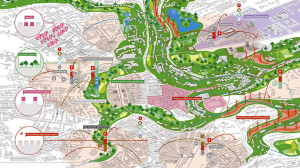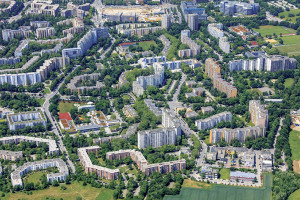ENERGY, DENSITY, FORM FOR A PROFILE OF THE CONTEMPORARY MEDITERRANEAN CITY
Michele Morganti
Man’s approaches to inhabiting the environment have always been characterised by an intensity of use of space, identifiable in the concept of density. Density has always existed as an inherent condition of dwelling. Until the advent of modernity, the concept did not exist as we recognise it today in fields linked to practices of settlement. Beginning in the urban era it became a central theme for those disciplines concerned with the governance of the territory or the environment in its totality. Today it has assumed new roles far from its original nature, which lead designers to employ it also in exploratory terms. In recent decades we have witnessed a lively debate that gives the model of the compact European city a character of greater sustainability both in terms of its capacity to reduce impacts on the environment and to activate more vivacious social models and a higher quality of life. This debate has emphasised the centrality of two essential aspects for comprehending the environmental and energy profile of this model of settlement: recourse to the urban scale and the physical-spatial value of density. The former is most suited to describing the spatial characteristics of the building elements of the urban system (lot, block and street network). The latter allows for a comprehension of the link between them and the energy performance of the built environment.






